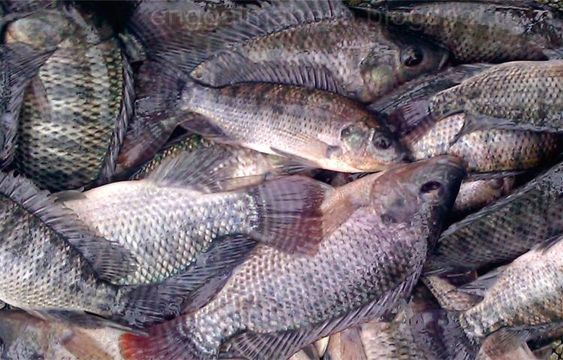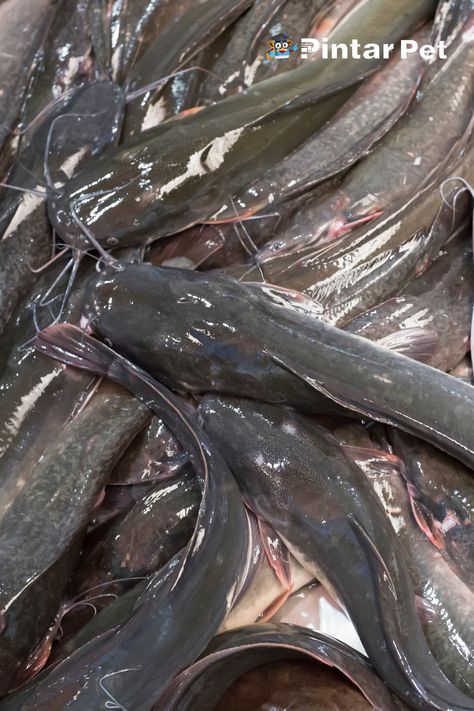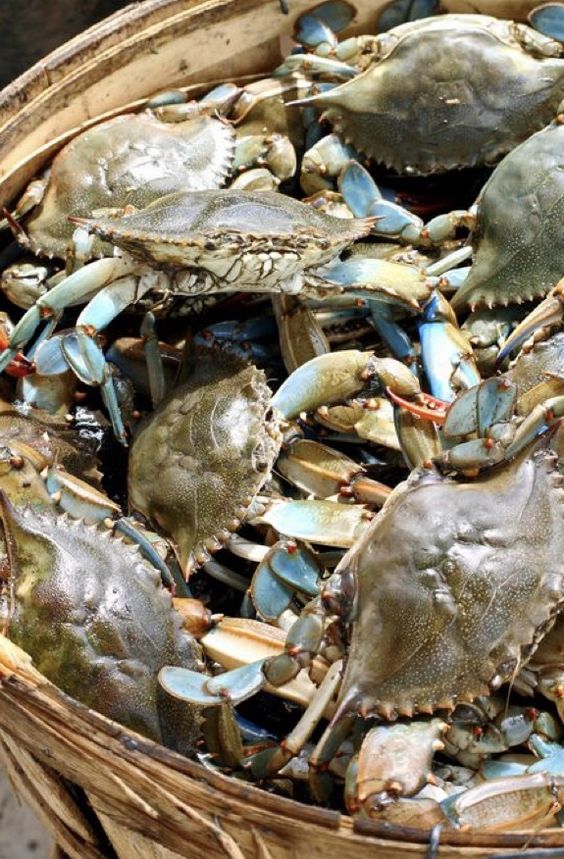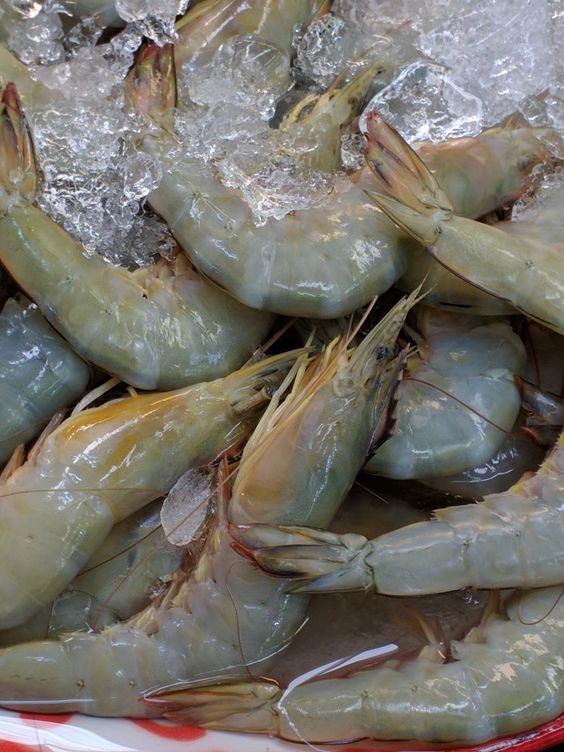The Journey of Tilapia Supply Chain: Exploring the Global Supply Chain
Tilapia Supply Chain, a mild-flavored white fish, has become a popular seafood choice around the world. But how does this freshwater fish get from farm to plate? This article delves into the intricate world of the tilapia supply chain, exploring its key players, processes, and challenges.
Contents
The Major Players:
- Hatcheries and Nurseries: These facilities breed tilapia fingerlings (baby fish) from genetically selected broodstock. They ensure consistent quality and disease resistance in the fish population.
- Fish Farms: Commercial or small-scale farms raise tilapia fingerlings to market size. Farming methods include cage culture in lakes or ponds, and land-based tanks.
- Processors: These facilities handle post-harvest activities like grading, sorting, filleting, and value-added processing (breaded, marinated). Processing optimizes product presentation and extends shelf life.
- Wholesalers and Distributors: They act as intermediaries, buying large quantities of tilapia from farms or processors and selling them to retailers or further processors. Wholesalers play a crucial role in distribution and price negotiation.
- Retailers: These are the final link in the chain, selling tilapia to consumers through supermarkets, fishmongers, and restaurants. Retailers focus on product presentation, freshness, and catering to specific consumer preferences.
The Supply Chain Flow:
- Hatchery & Nursery: The journey begins with tilapia eggs hatching in controlled environments. Fingerlings are raised for a specific period, ensuring they are healthy and meet size requirements before being sold to farms.
- Fish Farm: Fingerlings are transferred to farms where they are raised in ponds, cages, or tanks. Farmers provide feed, manage water quality, and monitor fish health throughout the grow-out cycle.
- Harvest: Once tilapia reach market size, they are harvested. Harvesting methods vary depending on the farming system but prioritize fish welfare and minimize stress.
- Post-Harvest Handling: Harvested fish are transported to processing facilities. Here, they are meticulously sorted, graded, and sometimes processed further (filleted, frozen, etc.) to meet diverse market demands.
- Distribution & Wholesale: Processed tilapia is then distributed to wholesalers who act as a bridge between processors and retailers. Wholesalers manage large-scale logistics and negotiate prices.
- Retail: Finally, tilapia reaches retailers like supermarkets, fishmongers, and restaurants. Retailers prepare the product for sale, ensuring freshness and quality while catering to consumer preferences (whole fish, fillets, etc.).
Keywords in the Tilapia Supply Chain:
- Aquaculture: The farming of aquatic organisms, including tilapia.
- Fingerlings: Young fish at an early stage of development, suitable for stocking ponds or cages.
- Biosecurity: Measures taken to prevent the introduction and spread of diseases in aquaculture.
- Value-added Products: Products that have undergone further processing to increase their appeal and value to consumers (e.g., breaded or marinated tilapia).
- Cold Chain Management: Maintaining a consistent low temperature throughout the supply chain to ensure product quality and safety.
- Traceability: The ability to track the origin and movement of tilapia throughout the supply chain.
Challenges and Opportunities:
The tilapia supply chain faces several challenges:
- Sustainability: Ensuring environmentally responsible farming practices to minimize environmental impact and promote resource conservation.
- Disease Management: Implementing effective biosecurity measures to prevent disease outbreaks that can devastate fish stocks.
- Water Quality: Maintaining optimal water quality in aquaculture systems is critical for fish health and product quality.
- Price Fluctuations: Global market fluctuations can impact tilapia prices, affecting profitability for farmers and other stakeholders.
Despite these challenges, the tilapia supply chain holds significant opportunities:
- Technological Advancements: Innovations in aquaculture technology, such as automated feeding systems and water quality monitoring, can improve efficiency and sustainability.
- Market Expansion: Growing consumer demand for healthy, affordable seafood creates opportunities for tilapia producers to expand their markets.
- Value-Added Products: Developing innovative value-added tilapia products can cater to diverse consumer preferences and increase profitability.
- Certification Programs: Participating in certification programs that ensure sustainable and responsible aquaculture practices can enhance brand reputation and market access.
Conclusion: Tilapia Supply Chain
The tilapia supply chain is a complex and dynamic system. Understanding its various players, processes, and challenges is crucial for ensuring the sustainable production and delivery of high-quality tilapia to consumers worldwide. By addressing sustainability concerns, embracing innovation, and capitalizing on market opportunities, the tilapia supply chain can continue to thrive and meet the growing global demand for this versatile and delicious fish.






